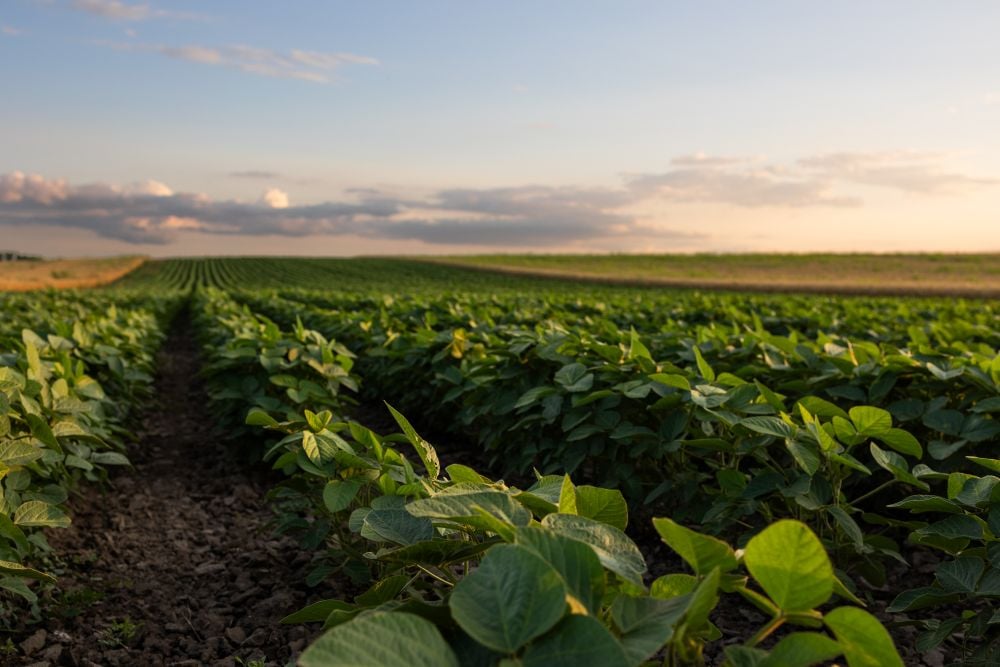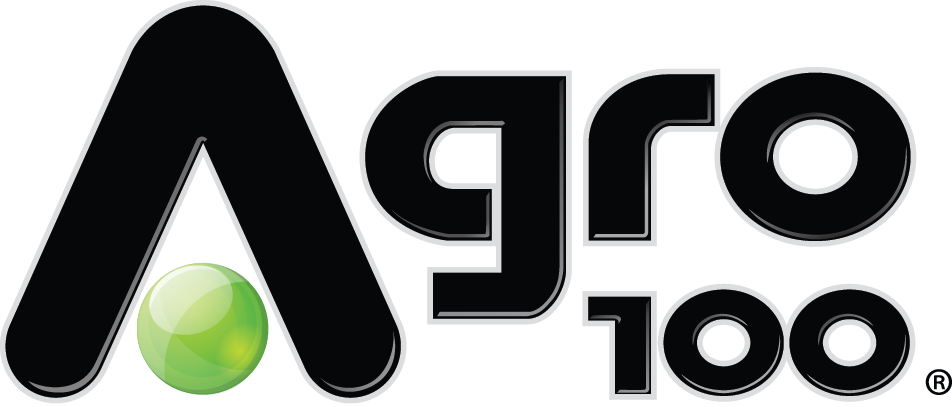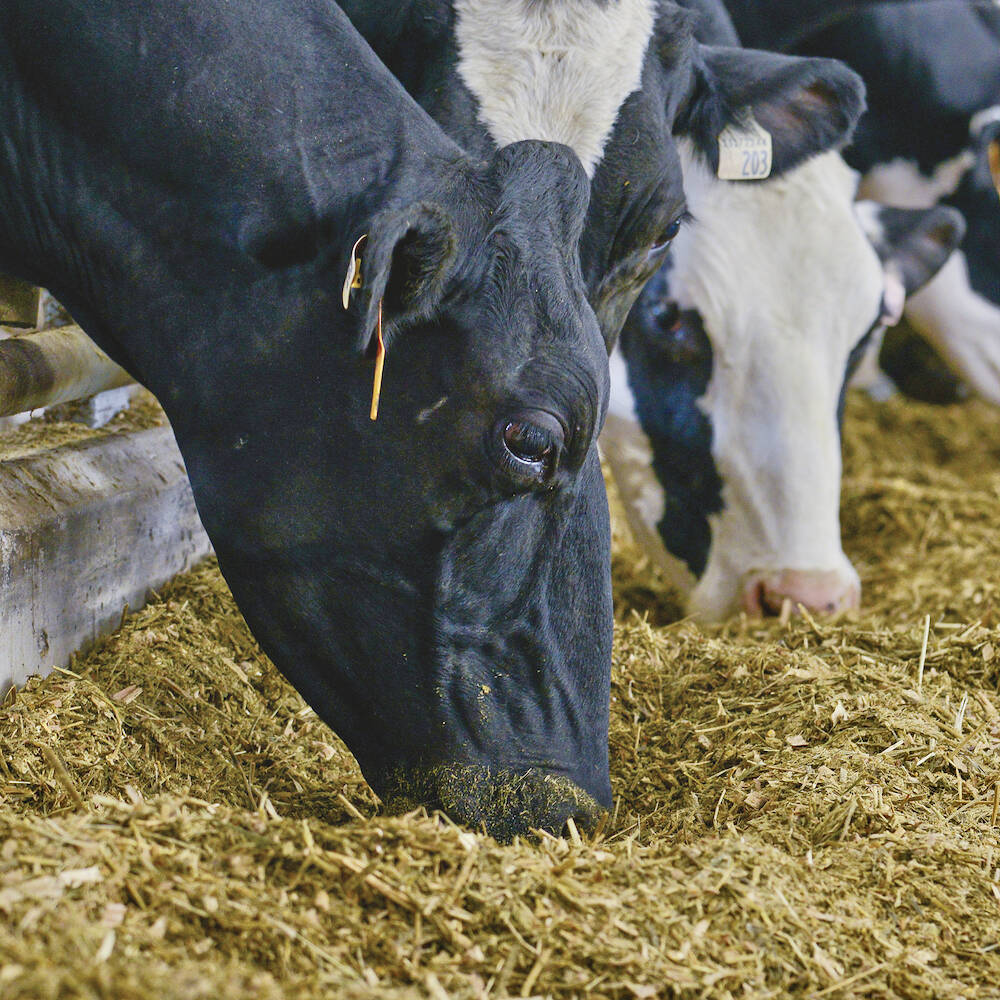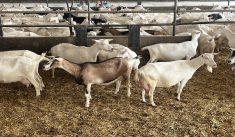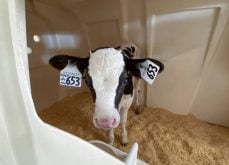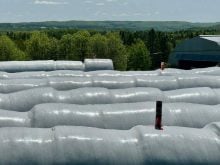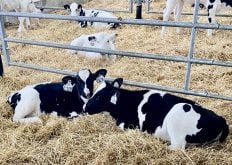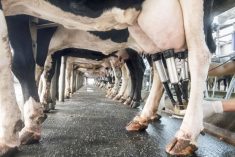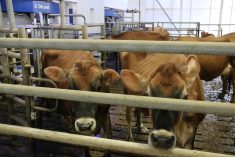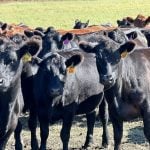Taking a closer look at what goes into the bunk can help dairy farmers get more out of every litre of milk.
Why it matters: Cows can digest a wider range of feed sources than other livestock, which provides greater ingredient options for dairy and cattle producers.
One way to do this is looking at alternative feed sources.
“With ever-shrinking margins, dairy farmers are always looking for ways to cut feed costs, boost productivity, and bring in more income,” says Donna Benschop, dairy technical specialist with Cargill Animal Nutrition. “The rumen gives dairy cows a big advantage because they can make use of a wide range of feed sources that other animals can’t digest.”
Read Also
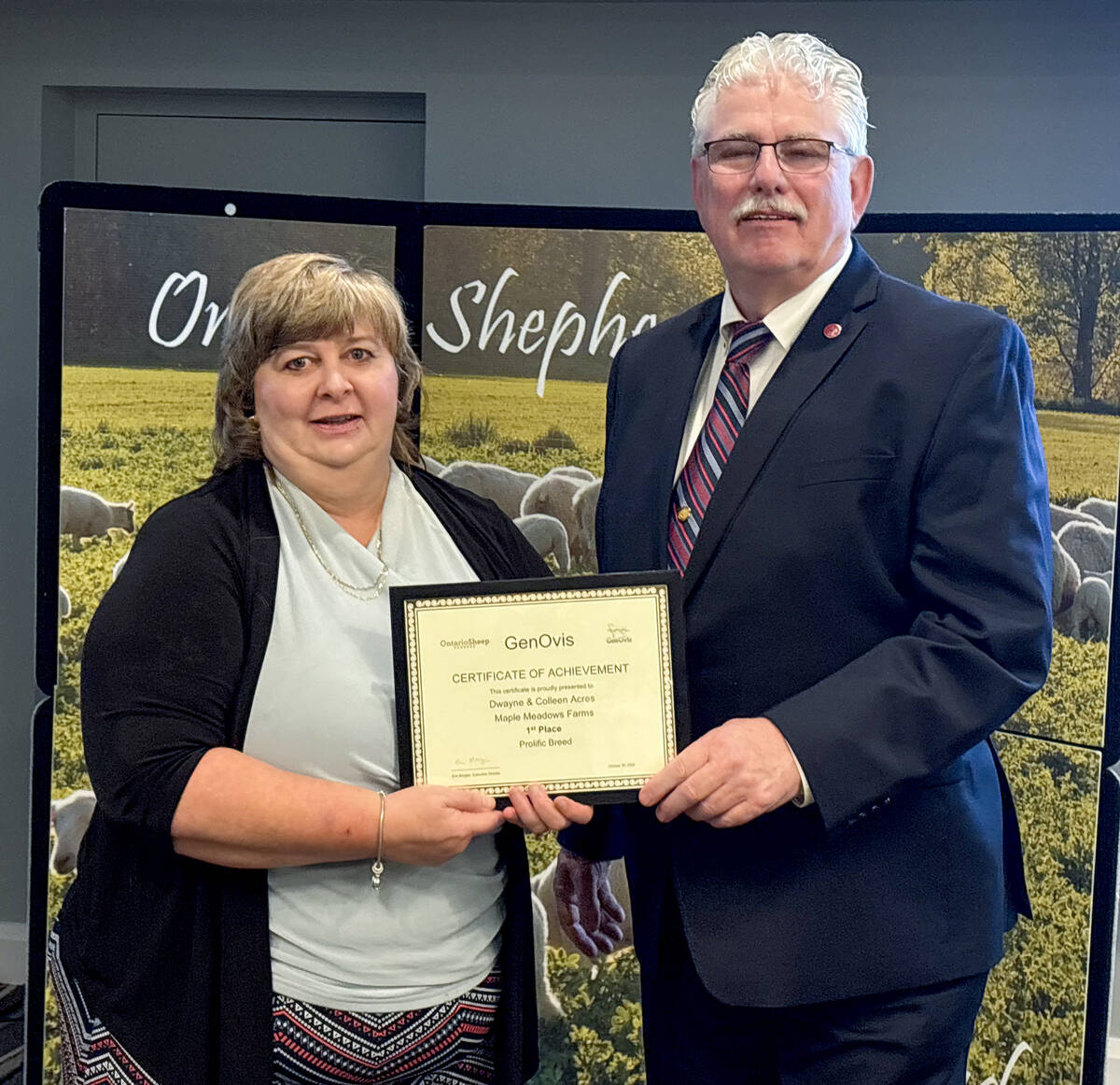
GenOvis awards presented at Ontario Sheep Farmers’ annual meeting
Producers and youth were recognized for their contributions during the Ontario Sheep Farmers’ annual GenOvis and leadership awards.
Feed alternatives
In Ontario, beet pulp (wet and dry), wet brewers’ grain, cotton seed hulls and bakery waste are common sources of dairy feed alternatives. Danielle Kiezebrink, Cargill Animal Nutrition’s strategic dairy nutrition consultant explains that some of these have been long-standing alternate feed ingredients that are being used to provide protein, digestible fibre, sugar and carbohydrates.
Used to complement or supplement on-farm rations, feed alternatives can help farmers replace or manage forage inventories, add protein sources and boost milk production and milk components.
Kiezebrink works with farm clients to meet their herd nutrition and farm production goals and says including new feed sources can often help stretch feed inventory, reduce costs or, in some cases, enhance the sustainability of the farm and reduce industry food waste.
“I believe the sustainability portion of alternative feed sources is overlooked,” says Kiezebrink.
“I feel it’s a great story to tell our customers, the consumer, about how the dairy industry is helping communities become more sustainable thanks to the cow’s ability to use byproducts from human consumption that would otherwise be wasted and thrown into landfills.”
Recently, Kiezebrink has been supporting clients who source liquid lactose from Fairlife, a Peterborough-area milk processor. These farmers are using the dairy processing byproduct as an alternative source of energy in daily rations. She says the liquid lactose also provides added moisture to feed, enhancing consistency and improving dry matter intake.
Liquid lactose is one of the newest and most consistent alternative feed sources on the local market since the Fairlife processing plant opened in 2019, and according to Kiezebrink, interest has been steadily growing over the past few years.
“The ability for cows to benefit from the nutritional value of the lactose they originally produced brings the process full circle,” says Kiezebrink, noting hog and beef farmers are leveraging liquid lactose as an additional feed source too.
Some dairy farmers who have adopted the byproduct into their rations are saving on feed costs by reducing the feeding rate of grain corn while maintaining production, or using it to save on palm fat usage, according to Kiezebrink. Others are using lactose as a complement to their current rations to achieve higher milk production values.
Consider supply
While the inclusion rate of liquid lactose is limited due to its nutritional composition, most of her clients have seen boosts in milk production and butterfat levels.
“The challenge with liquid lactose is that it requires infrastructure to make it work,” says Kiezebrink, noting that the additional on-farm holding tanks and circulation pumps required can be costly.
“That’s why it’s important to consider the long-term value of bringing in new feed ingredients and weigh the expected returns.”
On top of storage and handling equipment, a consistent supply is also essential to introducing alternative feed sources. Benschop reminds farmers that cows crave consistency, so any change, however minor or seasonal in rations, can directly impact animal health, performance and milk components.
When evaluating new sources, like seasonal produce, she advises farmers do their homework to determine if the results they are aiming for are worth the inconsistency. Kiezebrink has experience working with farmers who incorporate potatoes into rations in areas such as northern Ontario and Alliston and notes that not only do cows love potatoes, but they are a good source of starch and can be used to replace some forages.
Apples are another regional and unique source of alternative ingredients that cows love too. Apple pressing and discards from a local apple juice processing facility have become a welcome addition for a central Ontario herd that Benschop and Kiezebrink support as nutritional advisors. One advantage of using apple byproducts is the year-round availability, but the downside is the variable consistency and nutritional value. Benschop notes that proper mixability is critical for this alternative feed source, along with frequent analysis to capture the inherent variability of this ingredient.
“The apples have been a nice additional to lactating and dry cow rations and have provided the farm the opportunity to reduce their grain requirements,” says Benschop, explaining the apple byproducts are included at a level of 10 to 15 per cent of the dry matter intake. The results are improved ration moisture, palatability and a significant boost in sugar content and digestible fibre.
Kiezebrink notes that utilizing the apple byproducts is another example of how the agri-food industry can work together to maximize resources.
Smart feed decisions
“Alternative feed sources offer plenty of opportunities for dairy farmers, but it’s important to understand what your individual goals are for your herd and farm before trying something new,” says Kiezebrink who advises working with a trusted nutritional consultant or advisor to help research and evaluate new feed sources.
Benschop reminds farmers that consistency in nutrients and availability, on-farm storage and infrastructure, product shrinkage or spoilage, and any additional time or labour requirements should all factor into considering new feed sources.
Frequent sampling of alternative feed ingredients is also important and can help nutritionists adjust rations accordingly. She also recommends setting a timeline to evaluate results and determine how to measure and monitor herd responses from ration changes.
“Don’t be afraid to try something different,” says Kiezebrink. “But make sure you have the right team and a solid plan in place.”

